The Tribute WTC Visitor Center is designed to provide visitors at New York’s Ground Zero with a space where they can gather, connect, and reflect about the events of September 11th, 2001 and February 26th, 1993. BKSK Architects worked closely with the September 11 Families Association and the graphic design firm Poulin & Morris to tell the story through first person narratives, images and selected artifacts. The design of the three galleries is spare – a concrete floor and soft grey walls which acts as a neutral backdrop.
Architect: BKSK
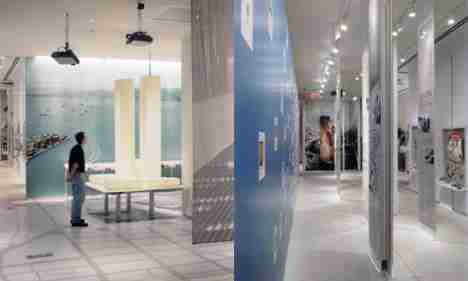
Towers in the Park by Mass Studies Studio
Seoul Commune 2026 investigates the viability of an alternative and sustainable community structure in the overpopulated metropolises of the near future. The imagined community is integrated within the ever-accelerating developments of the digital environment and ongoing rapid social change. Seoul Commune 2026 presents a concrete architectural and urban proposal that entirely reconfigures, and consequently develops the existing towers in the park form. Seoul Commune 2026 unites towers and the park in a balanced way. It forms a complex network of private, semi-public, and public spaces.
Towers in the park, a relatively new Asian urban spatial structure, is swiftly gaining in popularity and replacing the slab apartment buildings reminiscent of the Hilbersheimer block that dominated the Korean urban landscape over the past 40 years. The towers in the park typology has been broadly applied in large cities across Asia, including Seoul, considered representative of superior quality open space while satisfying quantitative demands in these overpopulated areas. It consists of two very contrasting elements: the park represents a public space, while the rising towers are an accumulation of individual dwelling units and demarcated private space. Problematic in the engagement of these two static and seemingly opposing aspects is the lack of an intermediary space or structure that fosters the generation of spontaneous social interaction. Seoul Commune 2026 solves this problem by connecting and balancing the two elements (towers and park). The creation of interjunctions between interior/exterior and public/private space on a variety of scales accommodates various residential activities and facilitates spontaneous social interactions. We have imagined a spatial condition in which the towers become the park and the park becomes the towers, with the total emerging as a seamless whole. [ Read rest of story here ]
Architect: Mass Studies [ Via: Inhabitat ]
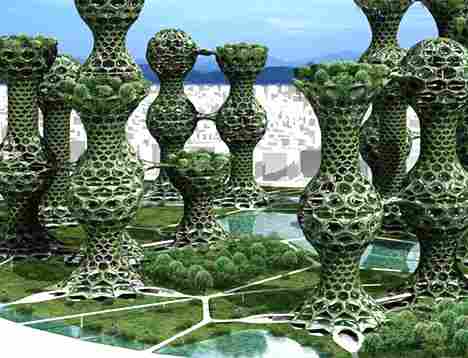
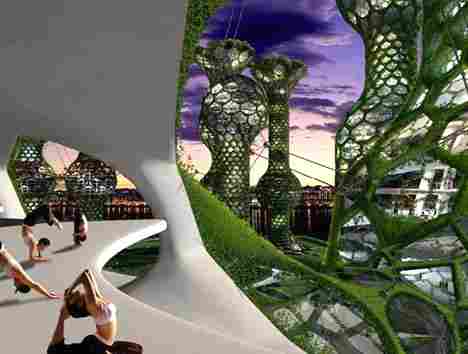
The world’s first 3D-printed parkour playground was made with recycled concrete!
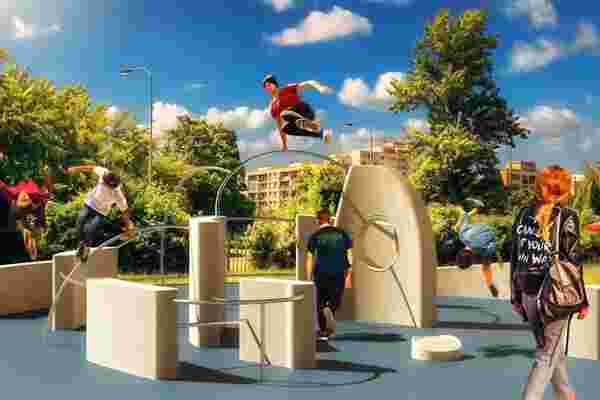
We see 3D-printed architecture all the time now, but then Czech Republic-based organization Buřinka thought outside the box and literally took 3D printing outside to create a parkour playground! The 3D-printed parkour playground is the first of its kind constructed from recycled concrete and other eco-friendly construction materials. Parkour is the activity or sport of moving rapidly through an area, typically in an urban environment, negotiating obstacles by running, jumping, and climbing so the structure was made to be durable and resistant to urban climate.
Designer: Buřinka
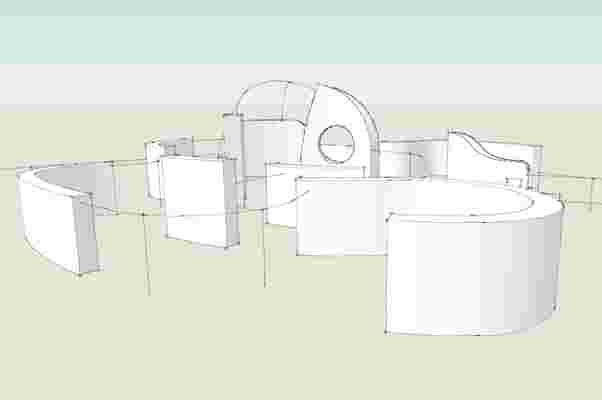
Buřinka also made the country’s first 3D-printed house, is adding to its list of 3D construction innovations with a new project. This is a joint project between the private sector, the public sphere, and research ventures. Spanning 14 by 12 meters in size, the parkour playground uses cast rubber for the impact area with individual obstacles made of concrete. Obstacles are printed on a frame printer with materials from Master Builders Solutions CZ to highlight safety and strength. The foundations are printed out of recycled concrete, known as rebetong, in collaboration with researchers from the Brno University of Technology.
The playground, which is designed by Buřinka architect Daniel Samek, is set to open at the end of September 2021 and will be included in the new leisure area at Kupecký Elementary School in Prague. Samek said he was drawn to the project for its accessibility, as parkour doesn’t require any expensive equipment and can be enjoyed by both children and adults. “The playground that is now being created is unique in that it works with rounded shapes,” said the architect. “It brings a revival to parkour.”
In an industry facing many challenges, such as worker shortages and rising building materials, Buřinka maintains that robotics and 3D printing could provide necessary solutions among Czech construction companies. “Housing does not mean just four walls,” said Libor Vošický, Chairman of the Board of Directors of Buřinka. “It is also essential to have a possibility to spend free time outdoors, safely, close to home. There are many playgrounds for preschoolers, but older children don’t have many options, so we decided to use innovative 3D printing technology to create a parkour playground. At the same time, we want to confirm the benefits of using recycled concrete called rebetong. It is another milestone in the use of this innovative technology.”








